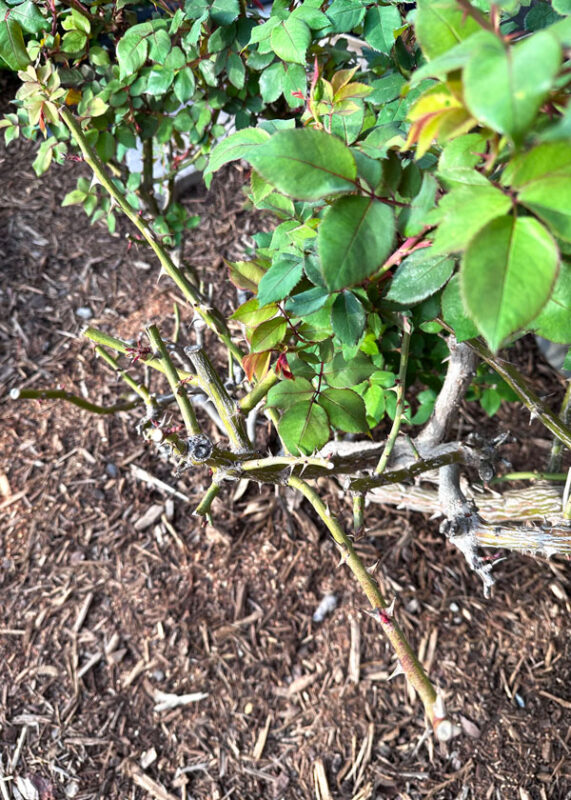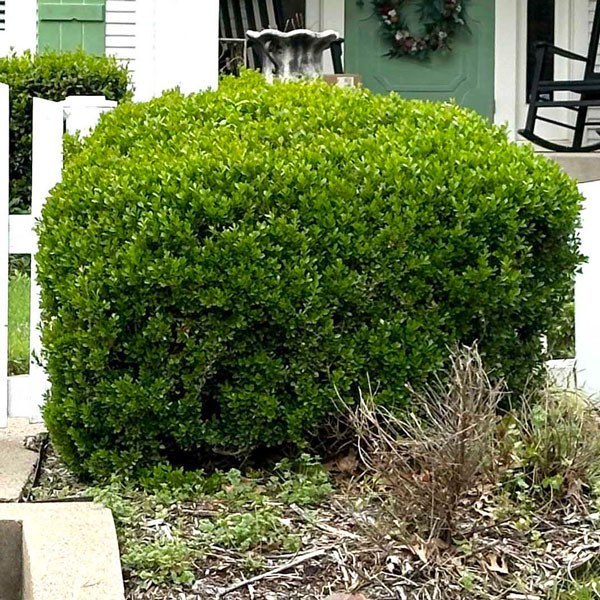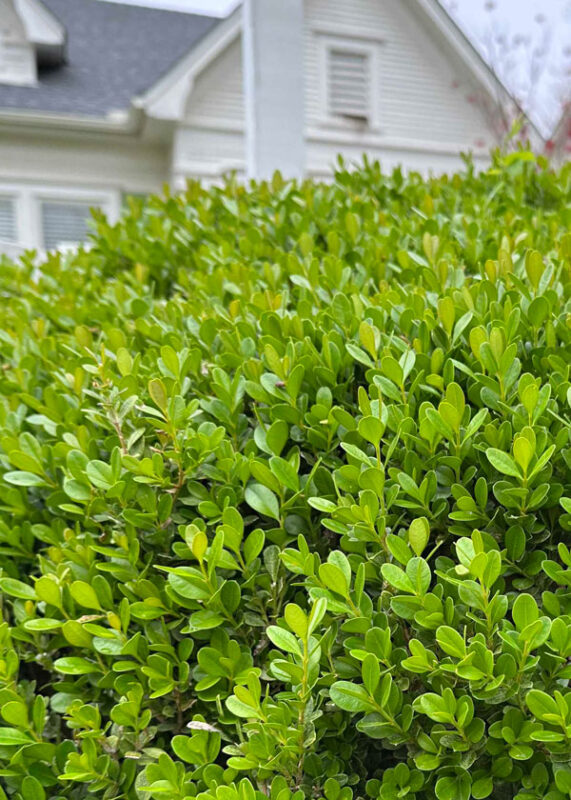Q&A – Ask Neil: April 3, 2025
(Please read these instructions carefully.)
Before you post your question, please look at recent issues to see if someone else has already asked it. You might find your answer there.
How to submit your question…
(Note: You may need to allow a pop-up window to come up in order to get the link for sending your photo(s). If you have already submitted your question and didn’t see the pop-up window, please click here.)
• Click the link provided below to post your question. After you submit your question, a new window will pop up giving you the address to which you can e-mail a SHARP, HIGH-RESOLUTION PHOTO to accompany your question. Please DO NOT SEND THUMBNAIL PHOTOS in case I need to zoom in to see things.
• Click here to post your question.
• Please ONLY POST YOUR QUESTION ONE TIME. We can only accept a set number of questions each week, and when we get duplicates it costs other people their chances.
• One question per reader, please.
• Please use this only for posting questions – not for standard emails.
• Watch for your answer in the following week’s e-gardens.
• I choose those of greatest general interest. For example, plant IDs seldom make the cut.
• I must have your first name or initials.
• I must have your city or county. (Texas is a very large state.)
QUESTION 1
WHY WOULD OUR TEXAS MOUNTAIN LAUREL NOT HAVE BLOOMED THIS YEAR?
Question: I’ve had the saddest realization that our 12 ft. Texas mountain laurel has not bloomed this year. Could the large invasion of Genista caterpillars that attacked it last summer be responsible? Kimberly C., Waco.
Answer: Perhaps. They may have weakened it enough that it struggled just to put new leaves on its stems. You probably are in a better position to decide that since you saw how serious the damage was. This winter’s cold spells, especially the late ones, are also very likely the cause. I had a mountain laurel 100 miles north of you in Collin County, and we only had flowers on it two times in 20 years before it finally froze out one particularly serious winter. I’d suggest you not anguish too much. As the Dodgers used to say after they played the Yankees in October back in the ‘50s, “Wait ‘til next year.”
QUESTION 2
HOW IS CREEPING GERMANDER AS A GROUNDCOVER?
Question: I’m having trouble finding purple wintercreeper at my local nurseries. They have creeping germander. How would it be as an alternative groundcover? Karen V., Salado.
Answer: Long-term? Large area? Alternative to purple wintercreeper? It would not be my choice. However, it’s attractive and could serve you well for a smaller space.
Let me address this issue about not being able to find purple wintercreeper euonymus one final time. This is not a new plant. What has happened is that it has become very popular, partially because more and more people know about it and because several of us in the media talk about it. However, the biggest selling point for it is that it is more winter-durable than our other old favorite full-sun groundcover Asian jasmine. As such, with all the browning and burn-back that jasmine has encountered the past several winters, people have put tremendous demand on growers for wintercreeper. And when somebody needs it, they generally need a lot of it. Commercial landscapers are using it by the thousands.
Ask your favorite nursery if they can order it for you. If they say they can’t find it because even the growers are sold out, ask about early summer or even fall deliveries. Ask about 1-gal. plants if you’ve only been asking for smaller sizes. You may have to wait a few months until supplies are rebuilt. I had to wait 4 months in 2021 after that bad February cold.
I hope that helps.
QUESTION 3
WHAT ARE YOUR THOUGHTS ABOUT FERTILIZER SPIKES FOR SHRUBS AND SMALL TREES?
Question: What are your thoughts about fertilizer spikes for shrubs and small trees? Robin W., Collin County.
Answer: They’re not my choice. They put a concentrated amount in the vicinity of the spike and none at all 12 to 18 inches away. I also live in Collin County, and our clay soils are so heavy that nutrients do not move sideways in the soil. They just leach downward. I very much prefer to make surface applications and then water the fertilizer into the root zone uniformly.
QUESTION 4
WHAT IS WRONG WITH OUR CAROLINA JESSAMINE?
Question: Our Carolina jessamine curled its leaves last fall. Sulfur, iron, and nitrogen in recommended doses were added two weeks ago and did not help. The internal tissues are green when scratched, even to the tops of the stems. Will it regrow? Eric G., Frisco.
Answer: Looking at your photo I believe you have added the right things. This does look like iron deficiency, therefore the iron and sulfur were right on target. It’s been my observation that nitrogen shortages also manifest in almost the same way as iron deficiencies on this plant, so you’ve covered that base as well. However, it takes longer than two weeks for these nutrients to be taken into the plant. In fact, these leaves may never green up. You may not see improvement until the plant sheds these leaves and puts on new growth this spring. Sit tight and watch. And keep the plant watered during dry spells. Last fall was rough on them. Much of this might be partly the result of the drought we went through.
QUESTION 5
WHY IS THIS ROSE NOT DOING WELL?
Question: I have an older rose that isn’t doing as well as my other two. After my February pruning, it did start to grow new leaves except for these few at the front side (facing east). The limbs are green. Paula L., Carrollton.
Answer: It looks like the old stems have been cut really short. It may just be trying to regain its strength to send out new shoots.
However, I must admit that anytime I get a question about a lethargic rose from the Metroplex (where I also live), I worry about rose rosette virus (RRV). If you’re not familiar with it, I’ll let you catch up by looking at information I leave archived on my website. This disease has been epidemic in DFW for the past 12-15 years.
Your photo doesn’t honk its horn as having RRV, but the poor shoot development is a strong clue. So is the fact that there are a lot of small thorns on that stem going “off screen” on the lower right. I’m going to suggest that you do nothing more at the moment other than watch your plants yourself. Do not take samples to a nursery. They don’t want sick plants near their stock. If this is RRV the photos on my website will help you confirm it as well as I can. It will give you instructions to follow if you decide RRV is your problem. Good luck!
QUESTION 6
WHY ARE ALL MY PURPLE AND YELLOW IRISES NOW WHITE?
Question: At one time I had all purple and yellow irises. Now they are all white. I never planted white. How has that happened? Betty G., Glen Rose.
Answer: I’ve been answering gardeners’ questions for 55 years. Hands down, this is the most-asked question about iris, and it’s always that colors change to white iris. And, when you research this on the Internet, you’ll find all kinds of possible reasons:
You had a small piece of a white iris in the bed (or several pieces), and it was the stronger grower, so it overtook the colored varieties. That can happen when a white rhizome is chopped into pieces by a rototiller, for example.
Perhaps bees pollinated your iris and brought pollen from a parent that had white flower genes. The pods were inadvertently left in place until they split open and dispersed their seeds across the garden. White could have been the dominant gene.
Birds can even transport the seeds.
Maybe you didn’t get the varieties you thought you were buying, especially if you were buying from a discounting retailer.
Yeah, I know. I feel just as unfulfilled as you do, but that’s the best I have for you.
QUESTION 7
HOW DO I GET RID OF THIS WEED?
Question: I think this is bindweed. It has the white trumpet-shaped flowers in summer. How can I get rid of it? Google says not to try pulling it out or it will just make the root system grow more.
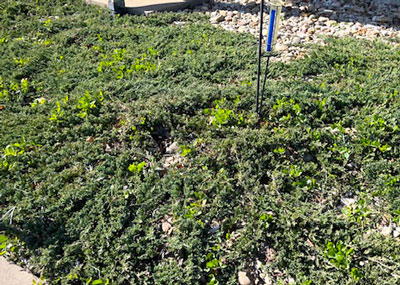
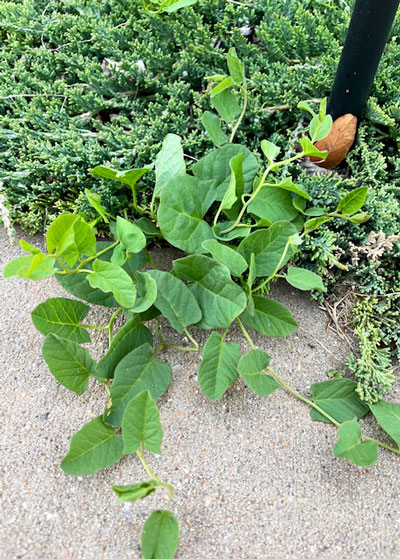
Answer: There are several perennial morning glory relatives, and they do fall under the common name of “bind weed.”
I had it in a bed of Tam groundcover junipers. What worked for me (and might work for you) was to cut pieces of weed-blocking landscape fabric and then lay them in like shingles beneath the trailing runners. You have to overlap them by 3-4 inches to keep the vines from coming up between them. I put finely ground pine bark mulch on mine to keep them from curling up and also to conceal the fabric. It’s not especially handsome. It took a couple of years to choke the weed out, but at that point I could pull the roll-type mulch out to tidy things up. It did an excellent job.
Otherwise, you would need to use a broadleafed weedkiller (containing 2,4-D), but that’s going to involve a sponge paintbrush and a lot of backbreaking painting to keep the herbicide off your juniper.
Patience is going to be required either way.
QUESTION 8
WHAT IS THE PLANT BENEATH THE STREET SIGN IN THE PHOTO ON P. 94 OF YOUR BOOK?
Question: I would like to recreate the look of the landscape on page 94 of your book. What is the single plant directly beneath the street address sign? It’s the tallest plant in the row. Marilyn, Quitman.
Note: Marilyn called my radio program on KLIF last Saturday afternoon. I couldn’t see the detail well enough to identify the shrub, but I promised her that I’d get by to look and answer her here.
Actually, Gretchen from my office drove by this afternoon and took the two photos for us. The landscape appears to have struggled. Perhaps the house sat empty for a while. But there, indeed, was the shrub – pretty much the lone survivor. It’s Japanese boxwood – I’m sure one of the types that holds its green color during the winters of North Central Texas. I probably wouldn’t have sheared it into that formal shape. I try to keep mine naturally rounded or oval. However, one of its beauties is that you can do pretty much whatever pruning you want, and it will still be your friend.
It should be noted that almost none of the original plantings you admired in the photo on page 94 of my book are still in place, perhaps due to drought or due to the 2021 freeze. Even the boxwood doesn’t appear to be the same other than its shape in the landscape.


